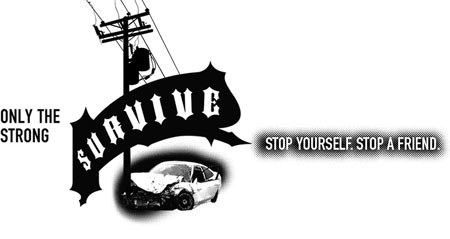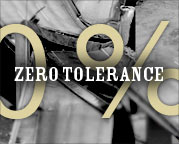
The California Graduated Driver License
California passed its Graduated Driver License (GDL) law in 1997, which limits when a teen may drive and who he or she can ride with. The purpose of GDL is to cut down on the number of teen car crashes and number of teens who are injured or killed in California each year. Teen car crashes are the No. 1 killer of teens. Be smart. Follow the law. Don�t be a statistic.
Stage I: Learner's Permit
- Must be at least 15 years and 6 months old.
- May drive only with adult age 25 or older.
- Must complete driver education.
- Must have had 50 hours of driving practice, including 10 at night.
- Permit must be held for at least six months.
- No alcohol permitted in vehicle.
Stage II: Provisional License
- Must be between 16 and 18 years old.
- May drive with no adult present.
- No passengers under age 20 for first 12 months, unless a driver 25 or older is present.
- No driving between 11 p.m. and 5 a.m. for first 12 months, with exceptions.
- Permit must be held for at least 12 months or until age 18.
- No alcohol permitted in vehicle.
Stage III: Full License
- Must be at least 18.
- Has completed stages I and II for the proper amount of time and has no outstanding DMV or court-ordered restrictions, suspensions, or probations on driving record.
- No alcohol (open, closed, or partially removed) permitted in vehicle.
- Even with a full license, the teen driver cannot drive between midnight and 5 a.m. or transport young passengers without an adult in the car. These limits last for one full year.
On July 1, 2008, using a cell phone (even with a headset) or any other mobile service device while driving will be illegal for those under age 18.
Breaking any of the GDL rules will delay getting your license for at least a year and will show these traffic violations on your record.




